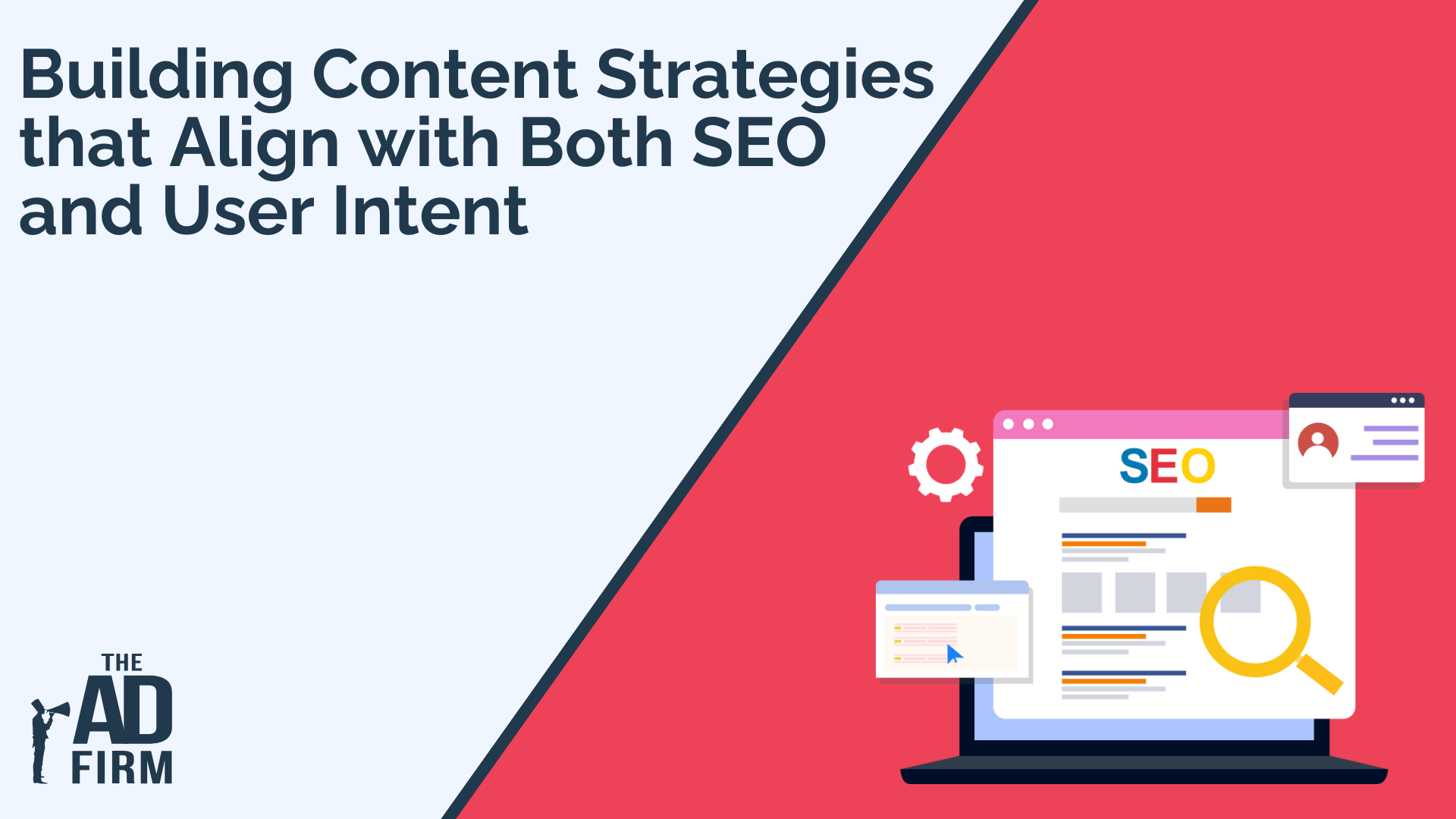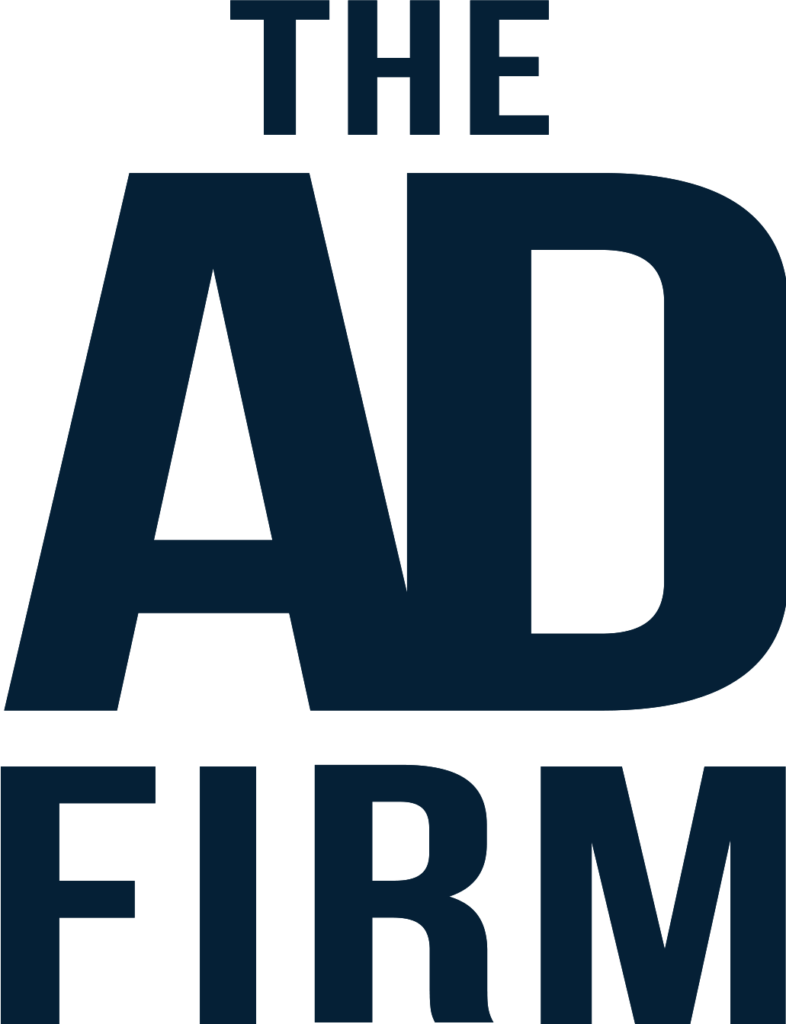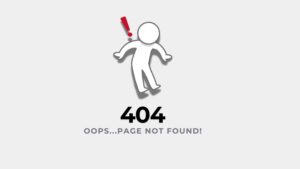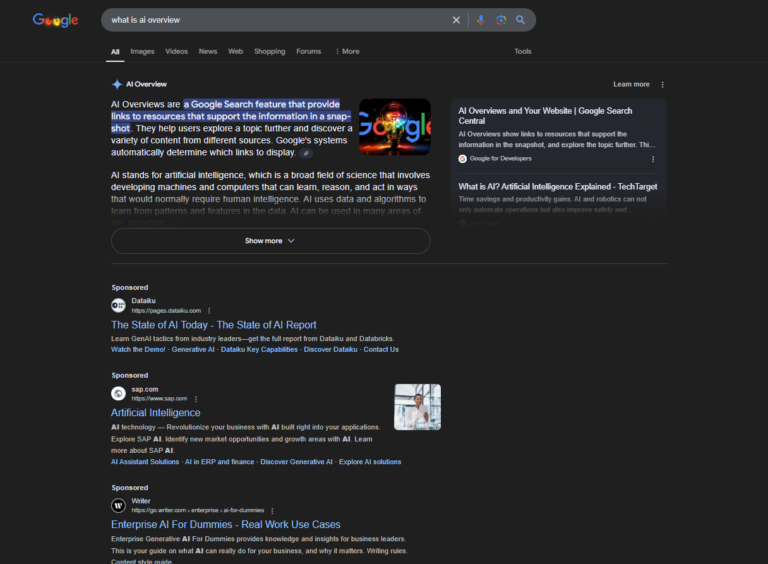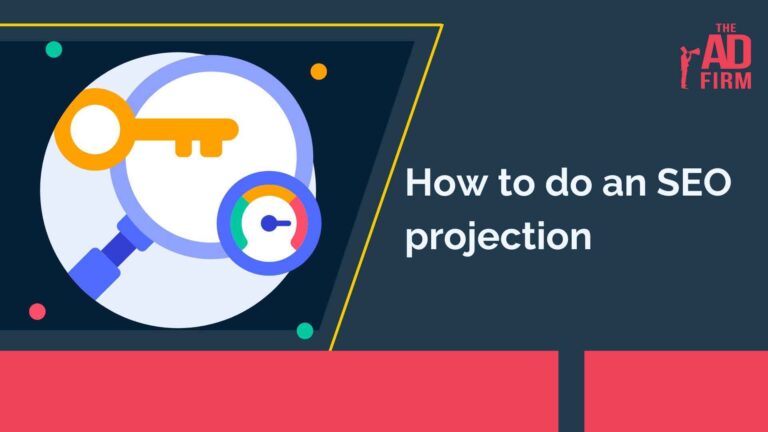In a world dominated by search engines, understanding how to create content that satisfies both search engine algorithms and user expectations is key to online success. Businesses aiming to grow their digital footprint must align their content strategies with SEO services and user intent. By doing so, they ensure their content ranks high in search engine results pages (SERPs) while delivering meaningful, value-driven experiences to their audience.
This guide explores how businesses—be it a digital marketing agency or a growing enterprise—can craft content strategies that not only improve search rankings but also captivate users and build lasting trust.
Understanding the Foundations of SEO and User Intent
Before building an effective content strategy, it’s essential to understand the interplay between SEO principles and user intent. Each complements the other, ensuring your content is visible and valuable.
User Intent: The Key to Relevant Content
User intent explains the “why” behind every search query. Whether someone types “best SEO services” or “how to improve rankings,” their intent dictates what content will satisfy their needs. Understanding and addressing this intent is critical for creating content that engages and converts.
There are three main types of user intent:
- Informational: Users search for answers or learn about a topic. For example, a potential client might search “What is local SEO?” to understand how local SEO services can improve their business visibility. Another example is “how to improve website speed for SEO,” which signals an interest in technical SEO insights.
- Navigational: Users aim to locate a specific brand or service. For instance, someone typing “The Ad Firm PPC services” or “top SEO company in Irvine” into a search engine is looking to explore our offerings or visit our website directly.
- Transactional: Users are ready to engage with a service or make a purchase. For example, queries like “hire a digital marketing agency for e-commerce SEO” or “best SEO services near me” indicate the user is actively searching for a trusted provider to partner with, such as The Ad Firm.
Businesses can meet users at these intent stages by tailoring their content to align with each goal. For informational intent, publishing high-value resources like blog posts explaining the benefits of ethical SEO or guides on crafting engaging PPC campaigns can establish authority.
For navigational intent, optimizing branded keywords and ensuring our website’s seamless user experience ensures users find what they need quickly. Finally, for transactional intent, creating targeted landing pages with persuasive calls-to-action and testimonials builds trust and converts visitors into clients.
The Importance of Aligning Content Strategies with SEO and User Intent

An effective content strategy bridges the gap between SEO and user satisfaction. It creates content that ranks well and delivers on the promise made in the search query.
Bridging the Gap Between Search Engines and Audiences
When content is optimized for SEO services and user intent, it achieves a unique synergy. This alignment ensures that users find exactly what they need, reducing bounce rates and increasing engagement. Search engines reward such intent-focused content by prioritizing it in rankings.
How this synergy benefits your business:
- Improved Engagement: Content that directly addresses user queries keeps readers on the page longer.
- Lower Bounce Rates: Users are less likely to leave when they find value immediately.
- Enhanced Rankings: Search engines prioritize content that demonstrates relevance and authority.
A well-rounded strategy considers both technical SEO and users’ psychological motivations, ensuring your business stands out as a trusted authority.
Benefits for Long-Term Content Success
Aligning content with SEO and user intent drives sustainable growth. Benefits include:
- Increased Visibility: Your audience finds your site easily, leading to consistent traffic.
- Trust Building: Intent-focused content fosters credibility and encourages repeat visits.
- Higher Conversions: When users’ needs are met, they’re more likely to take action, whether signing up for a service or contacting your digital marketing agency.
Combining these elements makes your content relevant and effective long after publication.
Conducting Research to Build a Strong Foundation
A solid foundation begins with comprehensive research. By combining keyword insights with a clear understanding of user behavior, businesses can create content that resonates with their audience and ranks well.
Keyword Research with User Intent in Mind
Keyword research remains essential for both general SEO and local SEO. However, effective research doesn’t stop at identifying high-volume keywords. It focuses on aligning keywords with user intent to ensure relevance and engagement.
Steps for impactful keyword research:
- Understand Your Audience: Identify your audience’s needs at each stage of their journey.
- Analyze Search Intent: Determine if a keyword is informational, navigational, or transactional.
- Use Advanced Tools: Leverage tools like Google Keyword Planner, Ahrefs, and SEMrush to find opportunities.
For instance, keywords like “best SEO services” target transactional intent, while phrases like “how to optimize content for search engines” address informational intent.
Analyzing Search Behavior and Trends
Understanding how users search is just as important as identifying keywords. Look for trends and patterns in queries to anticipate user needs better. Use tools like Google Trends and Search Console to gain insights into seasonal shifts and emerging topics relevant to your audience.
By pairing this analysis with targeted keywords, businesses can ensure their content remains relevant and engaging.
Crafting Content That Serves Both SEO and User Intent

Every content you create should align with a specific purpose—educating, guiding, or converting. Content without direction risks becoming noise, while focused, intent-driven topics generate value for users and search engines.
How to Choose the Right Topics
Choosing the right topics for your content is essential for capturing user attention, building authority, and aligning with SEO goals. To identify impactful issues, consider these strategies:
- Address Audience Pain Points: Understand your audience’s common challenges and create content that directly resolves them. For example, questions like “Why isn’t my website ranking?” could lead to an article discussing issues such as poor technical SEO, weak content strategies, or inadequate keyword targeting. This approach educates and demonstrates your expertise in solving real problems.
- Simplify Complex Decisions: Content that helps users make informed decisions fosters trust and positions you as a reliable resource. For instance, a guide titled “How to Choose the Best SEO Company” can outline critical factors to consider, such as experience, proven results, and ethical practices.
- Showcase Expertise to Build Authority: Highlight your industry knowledge with in-depth content like case studies, how-to guides, and thought leadership pieces. For example, a blog post titled “How Local SEO Services Boost Small Business Success” can provide actionable insights and underscore your credibility in the digital marketing landscape.
By answering these questions and tailoring your content to your audience’s needs, you can ensure your topics are both relevant and impactful, guiding readers through their journey with clarity and purpose.
Crafting Content That Solves Problems
The most effective content is designed to solve specific challenges your target audience faces. Here’s how to craft problem-solving content that resonates:
- Use Data and Research: Support your claims with compelling data to build trust and authority. For example, share success metrics from professional SEO services to illustrate how businesses have improved their rankings or conversions. Incorporate industry-specific statistics that align with your audience’s goals, making your content more persuasive and actionable.
- Make it Actionable: Empower your audience with practical, step-by-step advice. For instance, a blog post like “5 Actionable Tips to Improve Local SEO Rankings” could include strategies like optimizing Google Business Profiles, creating localized content, and building backlinks from regional sources. This ensures readers leave your content feeling informed and equipped to act.
- Highlight Relevance: Always tie your expertise to the specific needs of your audience. For example, if local businesses are searching for local SEO services, share region-specific examples or success stories that resonate with their industry. Content tailored in this way grabs attention and deepens the connection with your readers.
By focusing on these principles, your content can effectively address audience challenges while positioning your business as a trusted resource in the digital marketing industry.
Content Formats That Work
Creating diverse content formats tailored to user intent ensures your audience finds the information they need, regardless of their journey. Here are examples of effective content formats:
- Informational Content: This type of content includes blog posts, FAQs, and in-depth guides designed to educate and inform. For example, a piece like “What is Local SEO and Why It Matters for Small Businesses” can provide foundational knowledge to users exploring SEO services for the first time.
- Navigational Content: Help users find exactly what they’re looking for with targeted landing pages. For instance, a page titled “Top Digital Marketing Agency for SEO Services” can highlight your offerings and make it easy for potential clients to navigate through your solutions.
- Transactional Content: Encourage conversions with content that demonstrates your expertise and success. Case studies showcasing client success stories, testimonials from satisfied customers, or service pages outlining your offerings (e.g., “Professional SEO Services to Boost Rankings”) can persuade users who are ready to act.
By strategically selecting and leveraging these content formats, you can address user intent at every stage—informing, guiding, and converting them into loyal clients.
Optimizing On-Page Elements for SEO
Creating engaging content is only half the battle. To ensure your efforts are effective, on-page optimization is essential. This process makes your content not only accessible to users but also interpretable by search engines.
Headings and Subheadings That Drive Engagement
Clear, descriptive headings guide users through your content and improve readability. When crafting headings:
- Incorporate Primary Keywords: Use terms like local SEO services naturally in your headings to signal relevance. For example, an H2 like “Why Local SEO Services Matter for Small Businesses” immediately connects with intent.
- Structure Content Logically: Break information into sections to enhance flow and user experience.
- Prioritize Clarity: Avoid vague or overly broad headings that leave users guessing.
Search engines use headings to understand the context of your content, so thoughtful structuring is critical.
Meta Descriptions That Capture Attention
Meta descriptions are a crucial element of SEO strategy, serving as your content’s first impression on users in search results. To craft compelling meta descriptions, follow these best practices:
- Be Concise and Informative: Meta descriptions should be between 150–160 characters to ensure they appear fully on search engine results pages (SERPs). Avoid fluff and get straight to the point. For example, a page on “How to Boost Your Online Presence” might have a meta description like:
“Discover actionable tips to enhance your online visibility and attract the right audience. Start improving your reach today.” - Include a Strong Call-to-Action (CTA): A CTA encourages users to take the next step. For instance, a blog on time management could include:
“Streamline your schedule with our proven techniques. Click to get started today!”
This approach informs the user and motivates them to click through for more. - Reflect User Intent with Specific Solutions: Align the meta description with the page’s purpose. If the page provides advice on optimizing workflows, consider:
“Learn how to maximize efficiency with expert workflow strategies tailored to your needs.”
This example speaks directly to users looking for practical solutions, enticing them to explore further.
Internal Linking for Better Engagement
Internal links allow users to explore related content on your site. Effective linking strategies include:
- Highlighting Related Pages: Link to service pages like “Local SEO Services for Businesses” from relevant blog content.
- Enhancing the User Journey: Guide users toward actionable pages like contact forms or case studies.
- Improving SEO Signals: Internal links help search engines understand the structure of your site and distribute link equity effectively.
Additional On-Page Factors
Optimize the following elements to enhance your content’s performance:
- Alt Text for Images: Describe visuals that incorporate keywords like SEO company without keyword stuffing.
- URL Structure: Use clean, descriptive URLs such as “yourwebsite.com/best-seo-services” for clarity and optimization.
- Page Load Speed: Fast-loading pages keep users engaged and reduce bounce rates, a critical factor in search rankings.
Bringing It All Together: Building a Future-Proof Content Strategy
Content strategies that align with SEO and user intent don’t just happen—they’re built through thoughtful planning, research, and execution.
Key Takeaways for Aligning SEO and User Intent
A successful strategy integrates:
- Comprehensive keyword research aligned with user intent.
- Engaging, value-driven content that solves problems or answers questions.
- On-page optimization that enhances readability and rankings.
These elements ensure your content remains relevant and effective, meeting both short-term goals and long-term growth.
Take Action: Start Building Smarter Content Strategies Today
Don’t let your content blend into the noise. Whether you’re a small business or a large enterprise, aligning your strategy with both SEO and user intent is the key to staying competitive.
Need expert guidance? Contact The Ad Firm, a leading digital marketing agency specializing in professional SEO services, local SEO services, and more. Let us help you craft content that ranks, engages, and converts. Call us today and request a free consultation to get started.

